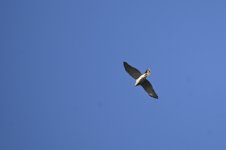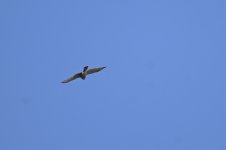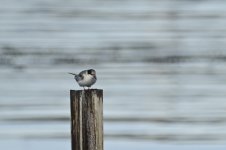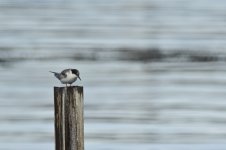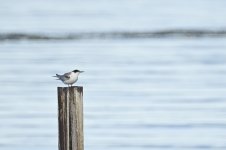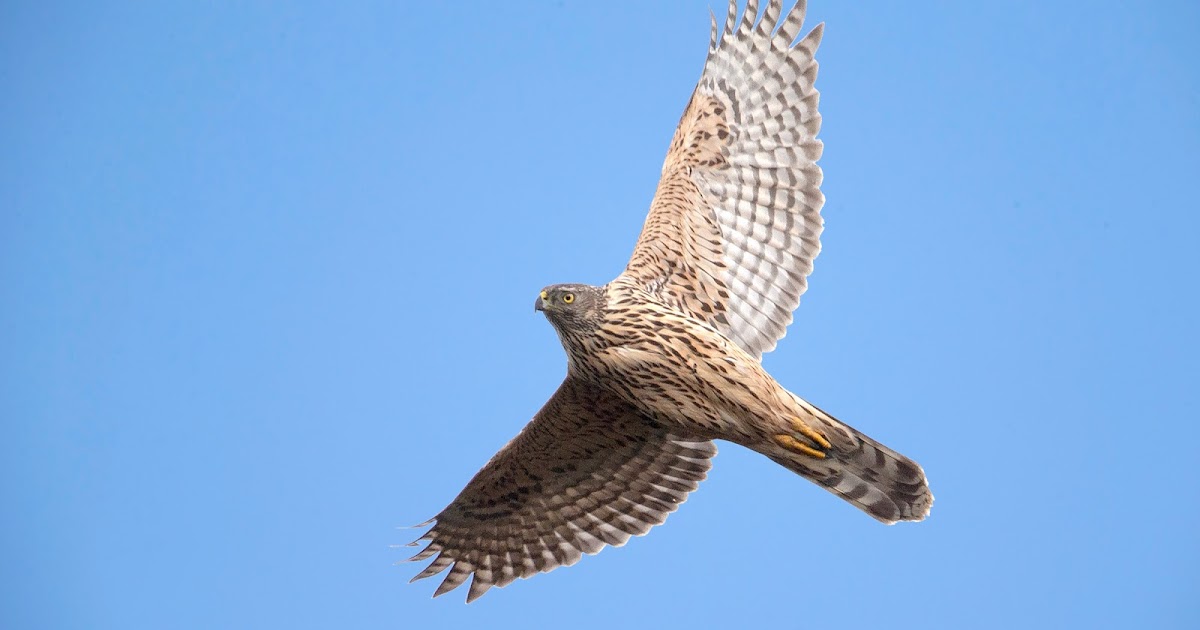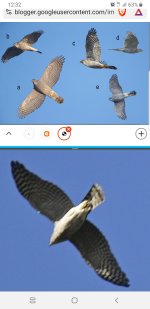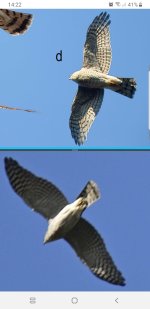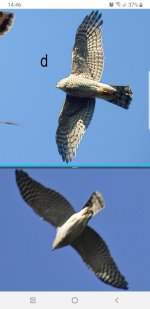The tail and body are foreshortened, which might influence the presence or lack of the crosslike jizz (
EDIT 2: if those two were foreshortened, the wing in terms of breadth would be foreshortened as well).
EDIT: It used to be attached upthread but now is attached here. Blasco Zumeta's guide shows a photo of a juvenile female with full juvenile breast streaking taken on the 6th of October. So, assuming it could be too early for 2nd plumage in mid-September (or is there individual variation?), how are the differences in build and proportions visible in the comparison above explained?
But, then, the articles says:
The Goshawk retains its juvenile plumage from fledging in July through to September of the second calendar year.
but (for older birds, I assume, because it speaks about complete, not postjuvenile, moult):
The Goshawk has a complete moult each year mainly during June to October.
Complicated..? Differences between regions or individuals?
EDIT 3: I would also be inclined to dismiss breast depth and head size from my list of features because, to me, judging them can be subjective unless in extreme cases. Still, doesn't the wing shape (foreshortened or not) makes me err towards Goshawk?




